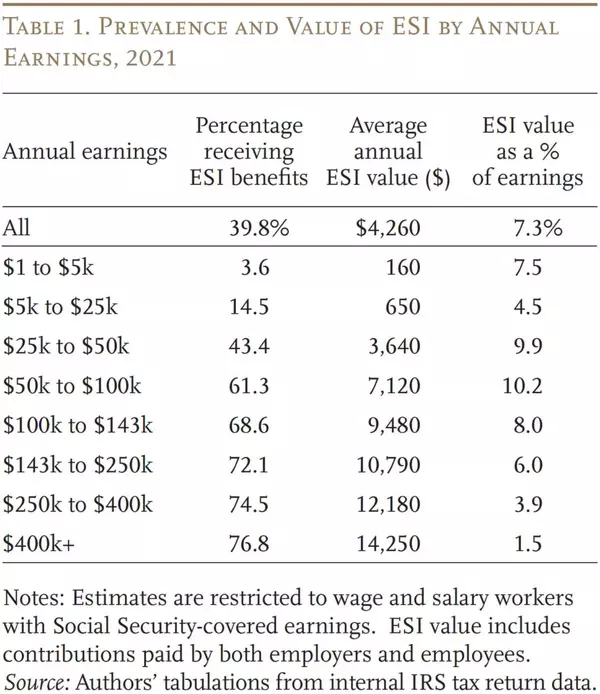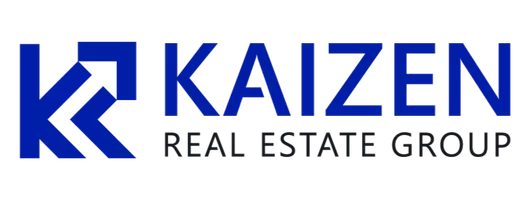Is Opendoor the next meme stock revival story or fool’s gold?

After its ride on the meme stock rollercoaster and the resignation of its CEO, Opendoor has indicated it is ready to start a new chapter, one that will ideally bring it back to profitability, but activist retail investors are asking that they get a say in the firm’s next moves. Opendoor’s event
Read MoreWhat mortgage lenders are doing to limit contract cancellations

Buyers are pulling out of purchase contracts at an alarming rate — reaching an eight-year high in July. HousingWire spoke to several lenders about how they are tackling the problem on the front end to prevent contracts from going south. Experts say the surge in collapsed deals stems from soaring
Read MoreMortgage lending activity sees ‘typical spring bounce’
Mortgage lending increased in the second quarter 2025, with nearly 1.76 million residential loans issued nationwide, according to ATTOM’s quarterly mortgage origination report. It was the first time since 2021 that the second quarter saw an annualized increase. The total number from April t
Read MoreSurvey finds generational divide on economy, housing market
Americans are sharply divided over the nation’s economic outlook, interest rates and the housing market, according to a new survey from Realtor.com. The poll found 42% of respondents expect the economy to worsen in the next 12 months. That view was strongest among baby boomers — with half p
Read MoreNAF targets reverse mortgage growth with ‘connective tissue’ marketing tactics

More than a year ago, New American Funding (NAF) launched a new marketing campaign that’s designed to inject a fresh attitude into how consumers view reverse mortgage products. Unlike NAF’s multimillion-dollar forward mortgage campaign, “Hell Yeah You’re Buying a Home,” which was announced last
Read MoreAnalysts split on what happens next with Rocket–Mr. Cooper servicing book

The Federal Housing Finance Agency (FHFA) signed off on Rocket Companies’ acquisition of Mr. Cooper Group but imposed a 20% cap on Fannie Mae and Freddie Mac servicing exposure — leaving analysts split on what comes next. BTIG analysts Eric Hagen and Jake Katsikas estimate Rocket controls $400
Read MoreTexans Credit Union announces 105% LTV financing option

Texans Credit Union launched its first-time homebuyer program on Thursday, introducing three new loan options to spur home purchase activity. The three loan options include: Low down payment mortgages that require as little as 3% down. Flexible-rate loans The “Home Extra 105” package,
Read MoreFidelity asks for summary judgment in suit against FinCEN, Bessent

With the implementation date for Financial Crimes Enforcement Network’s (FinCEN) Anti-Money Laundering Regulations for Residential Real Estate Transfers fast approaching, Fidelity National Financial (FNF) and its subsidiaries are asking the court to take action in its lawsuit over the rule. Fil
Read MoreUWM’s Mat Ishbia, Phoenix Suns sued by minority owners over records dispute

Minority investors in the NBA‘s Phoenix Suns have filed a lawsuit against the team and its majority owner, Mat Ishbia. They allege being denied access to internal records, including those tied to the funding of a practice facility. The lawsuit, filed on Aug. 21 in the Delaware Court of Chancery,
Read MoreLisa Cook files suit against Trump, Powell and Fed Board of Governors

Federal Reserve Governor Lisa Cook filed suit against President Trump in a federal court in Washington, D.C. on Thursday. The lawsuit follows Trump’s announcement on Monday that he was attempting to fire Cook over allegations she committed occupancy fraud by designating two different properties as
Read MoreColdwell Banker Realty adds top agent Mary Bee

Top-producing real estate agent Mary Bee has affiliated with Coldwell Banker Realty’s office in Burlingame, Calif., the company announced. She was previously affiliated with RE/MAX Capital in San Mateo. In 2024, Bee closed 27 transactions totaling more than $74.2 million in sales volume — a
Read MorePending home sales show slight annual gain in July
Homebuyers remained hesitant in July, despite the slight decrease in mortgage rates and uptick in inventory, according to the National Association of Realtors’ (NAR) Pending Home Sales Index released Thursday. Nationwide, the index fell to a value of 71.7, down 0.4% from June. On an annual basi
Read MoreRent or RSVP? Gen Z, millennials make housing sacrifices to attend wedding events

Loan originators, you’re still here. That means something.

Let’s be real: the last two years have been brutal for a lot of people in our industry. Production’s down. Pipelines are tighter. Good people have left. But if you’re reading this, you’re still here. And that means something. It means this isn’t just a job to you…it’s your business. Your c
Read MoreFHFA clears Rocket’s $9.4B acquisition of Mr. Cooper, with safeguards

The Federal Housing Finance Agency (FHFA) said Tuesday it has allowed Fannie Mae and Freddie Mac to approve Rocket Companies’ planned acquisition of Mr. Cooper Group, noting the combined company should not exceed a 20% counterparty risk limit set for the government-sponsored enterprises (GSEs).
Read MoreLISC appoints Valerie White to lead national housing strategy
The Local Initiatives Support Corp. (LISC) has appointed Valerie White to lead its national housing team — expanding her role beyond her current position as senior executive director of LISC New York. White will oversee the organization’s national housing investments — which total $30.4 billion
Read MoreClear Capital partnership introduces automated property condition reports

Real estate analytics and valuation firm Clear Capital has formed a partnership with CAPE Analytics, offering a new automated property condition tool for home equity lenders. The collaboration introduces an Automated Property Condition Report (aPCR) and an inspection cascade designed to speed up
Read MoreHoward Hanna enters Georgia with latest acquisition

Howard Hanna Real Estate Services is continuing its growth efforts. On Tuesday, the firm announced its acquisition of Coastal Properties, which serves clients in the Lowcountry regions of South Carolina and Georgia. The financial terms of the deal were not disclosed. Howard Hanna said the a
Read MoreHOME launches bilingual learning system and AI-powered wholesale search tool

The Hispanic Organization of Mortgage Experts (HOME) on Tuesday announced the launch of what it claims to be the mortgage industry’s first bilingual learning management system (LMS), HOME Certified, powered by Twiz.io. The organization also introduced Wholesale Search, an AI-powered tool built o
Read MoreUS land market cools as demand, deals dry up

The U.S. land market is rapidly losing momentum, with demand falling to levels not seen since late 2022, according to Q2 2025 data from John Burns Research & Consulting. Only 28% of land brokers describe demand as strong, down sharply from 76% a year ago. The pullback marks a steep reversal afte
Read More
Categories
Recent Posts











